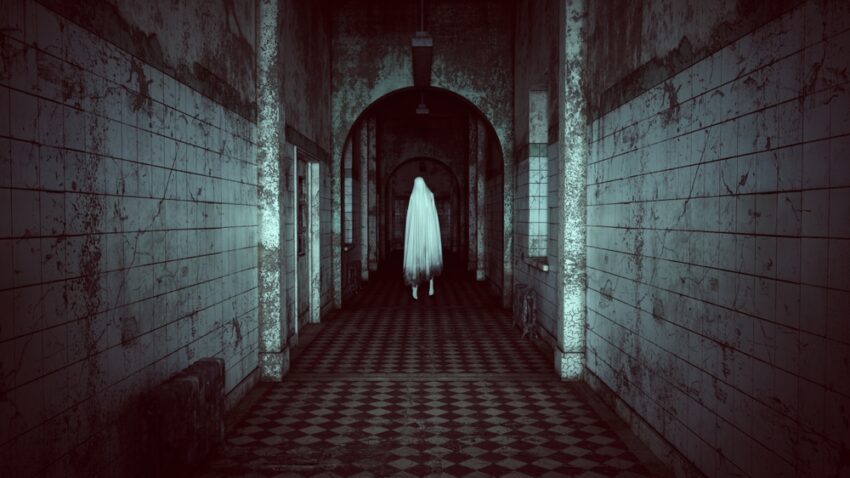
Advice For The Solo Ghost Hunter
There’s no shame ghost hunting by yourself. I’ve gone on plenty of investigations alone, and here are the things I wish I knew when I first started. Get the advice and tips after the jump.
I’ve made plenty of mistakes on solo paranormal investigations. When I started, I didn’t have a mentor. I read some books, watched some shows, and then picked up my MEL meter and headed out into the dark. Luckily, I had some street smarts about me because I started in Chicago. Big cities will definitely make your much more aware of your environment, eh?
Anyway, here’s the advice I hope you take to heart as a solo ghost hunter.
Table of contents
Safety
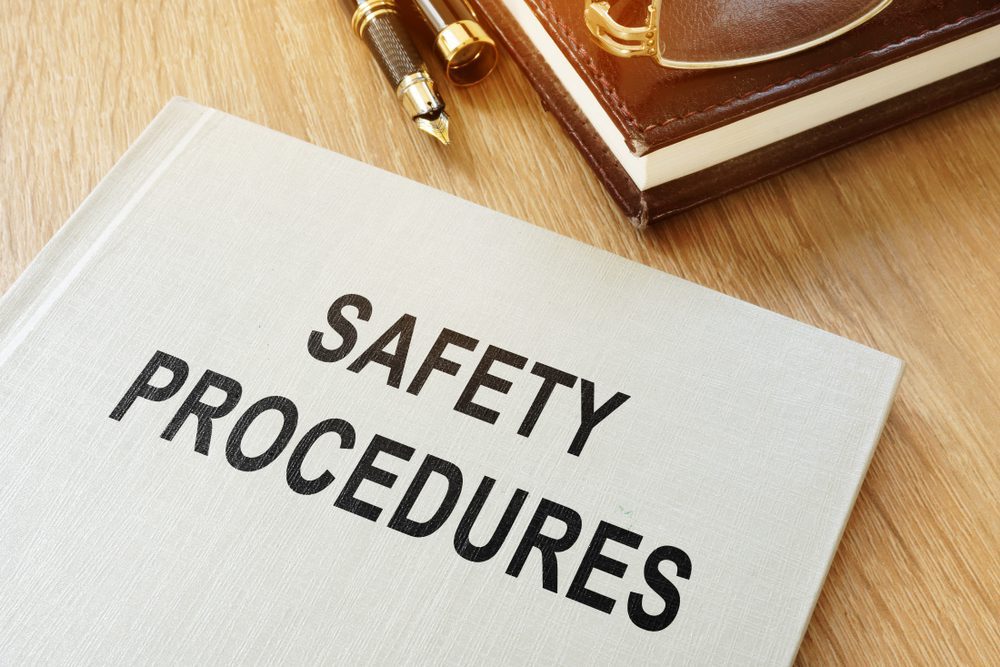
I don’t think I can stress this enough: The living are more dangerous than the dead. When you go out, make sure you have an exit plan if something seems odd about the haunt (including the clients). I mean, there’s a reason I stopped investigating private residences.
Now, if it’s a family or friend’s home, I wouldn’t be as worried about safety. However, friends of friends and acquaintances require extra scrutiny. I have less concern about museums, libraries and businesses … as long as it’s you alone or with security. Otherwise, skip the investigation.
As a rule, always tell someone where you’re going and when you’ll end the investigation. Then, text or call that person to let them know you’re on your way home. Actually, I like to have my counterpart call me.
Ghost Hunting Gear
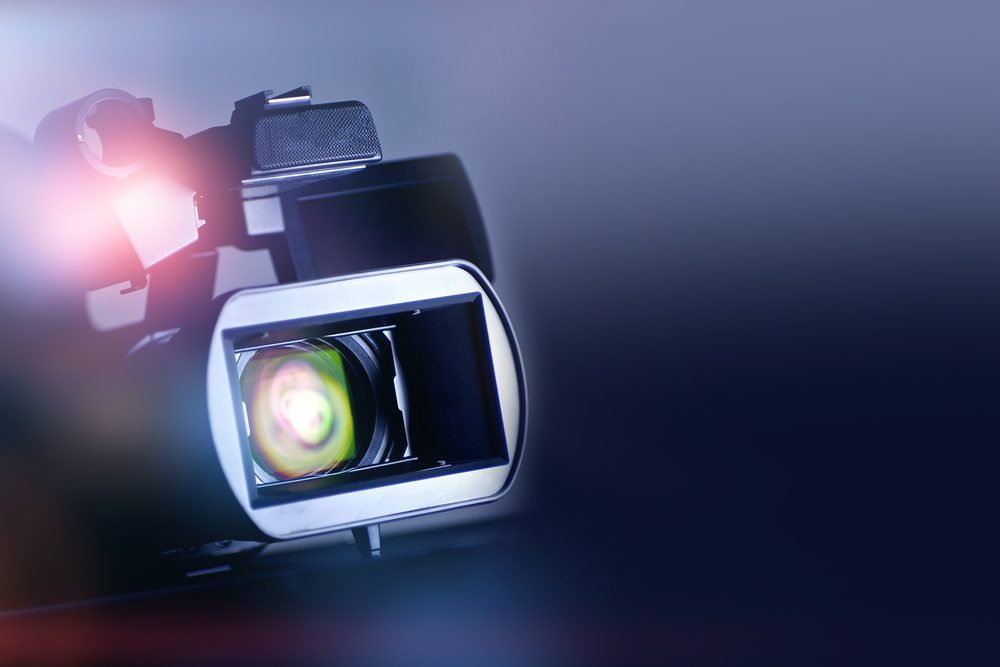
Don’t bring too much gear on the ghost hunt. I’m very guilty of having more gadgets than I could handle on my own. Being a solo ghost hunter takes extra time management (more on that below). Setting up all the gadgets, checking their operations, and packing them up devours your time. Jeez … I’ve left expensive equipment behind because I rushed myself and brought too many to remember.
As a rule, never bring more than 3 when you’re ghost hunting alone. Those would be devices for video camera, an audio recorder and an environmental recorder. Read more about the 5 paranormal types of evidence to capture.
Plan Your Investigation

Planning your investigation is critical for solo ghost hunters. You’ll need to have a schedule, experiment lists, gadget inventory, and ideas for how to set-up.
Schedule
The schedule means the investigation duration as well as how long to spend at each haunted hotspot. You can’t stay in one spot the entire time or you’ll miss something. You need to move around and futz with gear.
As a rule, spend 45 minutes in one spot: 30 minutes investigating and 15 minutes total to setup, tear down and move to the spot. If you get something that makes you want to investigate longer, then be prepared to strike an experiment from your list. This is another reason to put a limit on the gadgets.
In general, I keep my solo ghost hunts to about 3-4 hours, depending how large and active the haunt is.
Experiment List
This is just the number of experiments you want to run. Keep it simple like “EVP session in the parlor.” I like to put down the gadgets to use next to the experiment name. Then, you can reference it, if you need to cancel one because you spent too long somewhere else.
Gadget Inventory
You want to know where your gadgets are, or you’ll end up forgetting them or missing them in the dark. This is why an experiment list is so important. Also, you don’t need to investigate in the dark.
This is just a simple list of where you placed gadgets around a haunt. If you don’t have much gear, the column in the experiment list works just fine.
Set-Up Ideas
Now that you know which experiments to run and gear to use, you have think about how you’ll place the gear around the area to capture evidence.
I always recommend setting a camera to film the widest area around you and your equipment. That’s because you want as much of the environment as possible. You never know when or where a ghost will cross by. As for audio recorders, just place them on a table or chair near you. If you have an engagement or trigger device, the same thing applies. Holding gadgets usually leads to false positives.
Jack Of All Trades

As a solo investigator, you have to do everything by yourself. This includes:
- Find haunted places
- Interview witnesses
- Research
- Pack gear
- Setup gear
- Move gear
- Understand the gadgets
- Record everything
- Analyze all the evidence
- Write reports
- Promote your work
That gets a bit exhausting, so don’t take on too much. No one said you have to investigate every opportunity. It’s fine to say no, if approached.
As a rule, get really good with 2 or 3 gadgets, block your time for analysis, and say no more than yes to ghost hunting opportunities. Really, it will help you stay sane.
Evidence Analysis
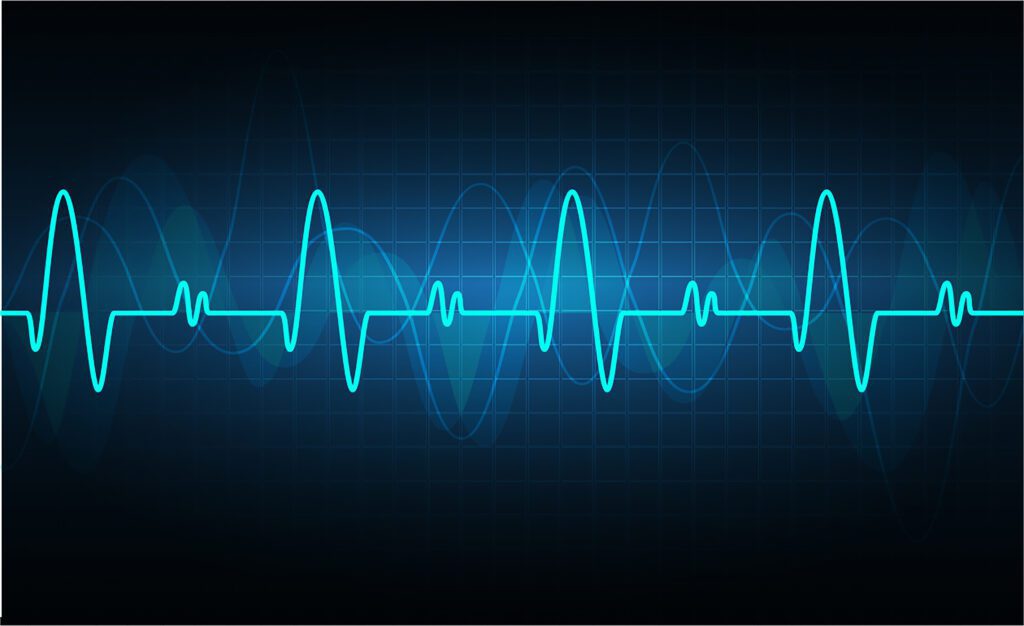
It’s important to make sure you review all your data. You have to watch all the video; review the images; listen to the audio; and, process the data from whatever gadgets you used. And you want to do that within 72 hours. Otherwise, you start to forget the context, and you may think something’s ghostly when it’s not.
In my workflow, I use software I know well. I use Hindenburg for audio, Final Cut Pro for video, and Excel for data loggers. That comfort lets me crank out the analysis.
Here’s another thing: You don’t have to record continuously. No one wants to listen to 8 hours of non-stop audio. That’s why I keep things to 30-minute sessions. It’s not intimidating to go through that the next day.
As a rule, break up your data into digestible chunks so you don’t get intimidated by the reviewing time.
Branding

I really hate personal branding and marketing, but, if you want access to the best haunts, you have to promote yourself. That usually means a website and social media presence. Prospects want to know your credibility, the quality of your investigations, and if you could help their business. It helps if can simply send a link to your portfolio.
Now, if you just want to investigation your friends’ homes or a publicly accessible place like a cemetery, I wouldn’t worry about it too much. If you want in at a national heritage site or museum, you have to prove you are a top-notch investigator.
As a rule, have a decent website because you can give more context about your investigations and provide more examples. Social media is fine for short snippets, but it’s not the best for presenting a full investigation. Don’t be afraid of Web tech to build a site or page: Digital media is quick and easy to fix. You can use Tumblr, Blogger, WordPress or a gazillion other platforms to get started. And, all the tips you need are available on YouTube.
Discover more from Ghostly Activities
Subscribe to get the latest posts sent to your email.
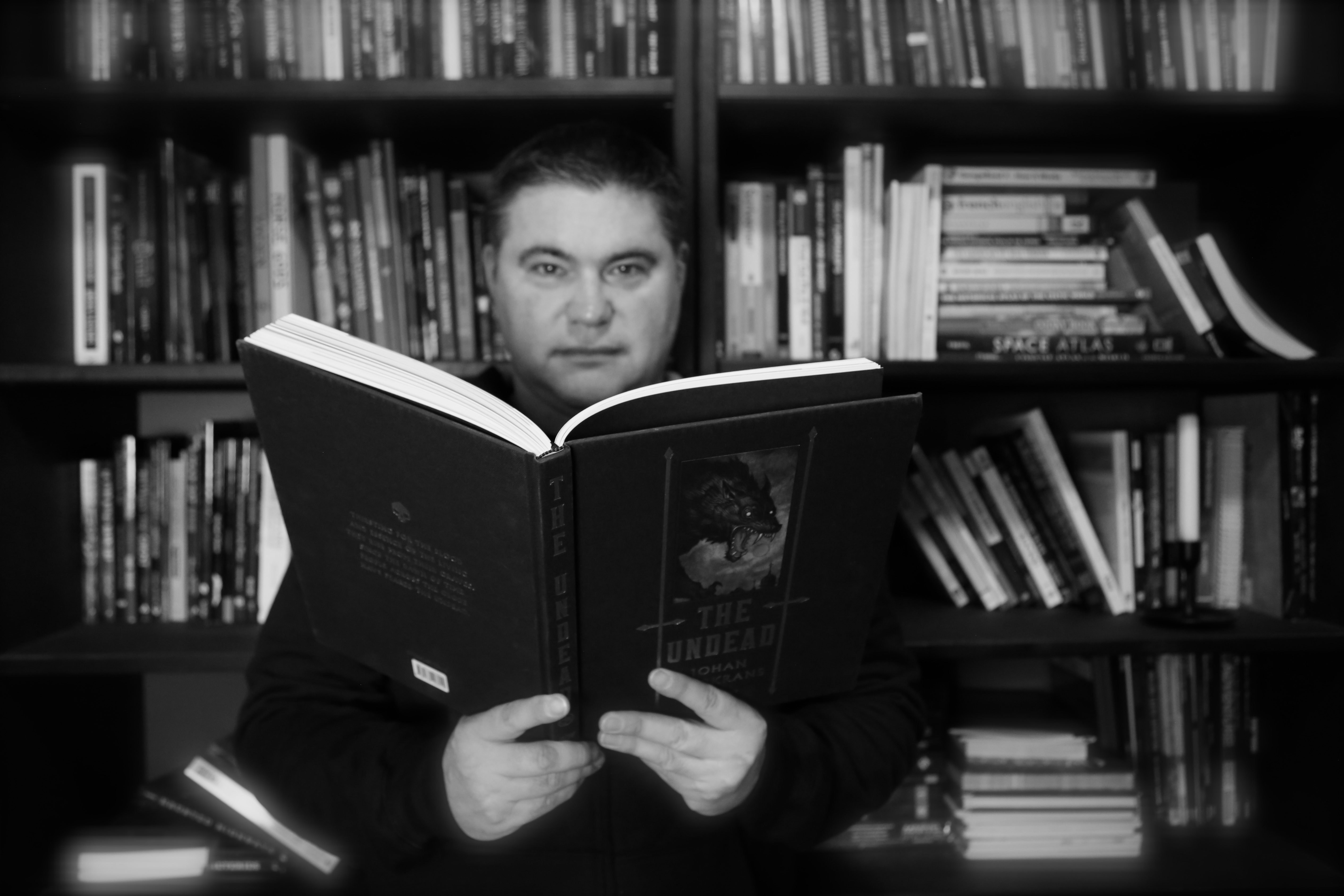
One thought on “Advice For The Solo Ghost Hunter”
What do you wish you knew about ghost hunting when you first started? For me, I was kinda surprised that not every ‘haunted’ location was really haunted.